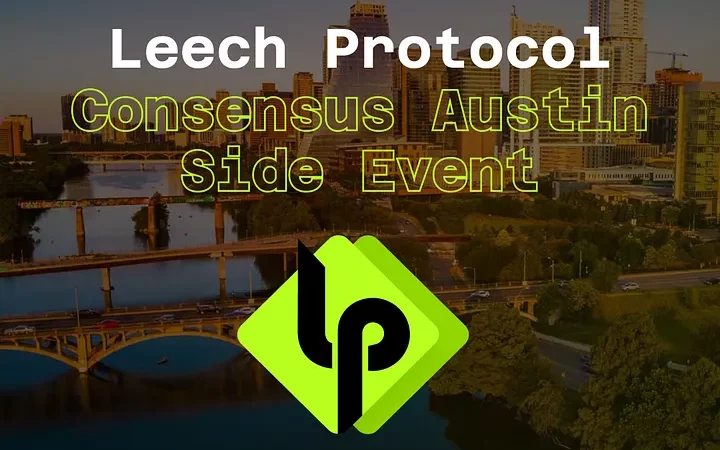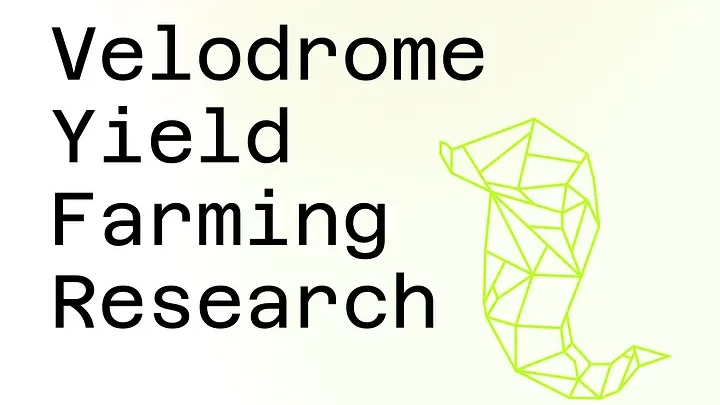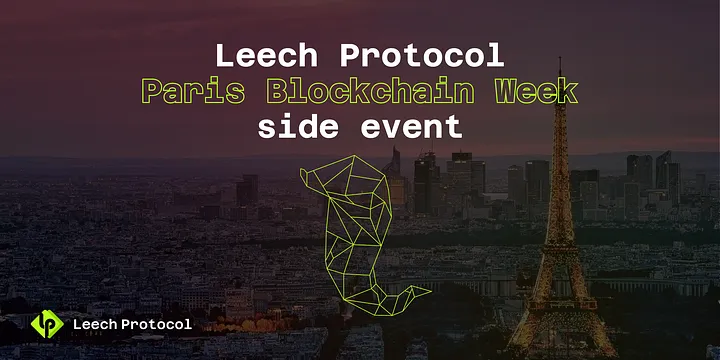Home | News & Insights Velodrome Yield Farming Research Research Summary About Velodrome The Velodrome-AMM DEX provides swaps with deep liquidity and low slippage. In other words, it gives us the opportunity to trade crypto with less slippage, meaning we get better prices. According to Defilama, the project has existed for less than a year, but has already become a central figure in the Optimism ecosystem, and seen a 4x increase in its TVL. Social Media: Documentation: Velodrome Finance distributes rewards using the same two tokens that you provide to the liquidity pool, plus $VELO. Trading commissions for these pools range from 0.02% to 0.05%, and the $VELO rewards depend on governance votes. The Optimal Deposit Amount & Token Type This giant in the Optimism ecosystem can benefit us not only with its large TVL, but also with its excellent set of farming tools. Here, we can start farming with as little as $500, up to $20,000. As always, risk management is one of the most important aspects of any strategy. For this research, we have chosen the sAMM-USD+/LUSD pool, where we are ready to deposit our stables ourselves. Due to the fact that this pool only consist of stable assets, we eliminate the risk of Impermanent Loss. This pool consists of entirely super collateralized stables. LUSD is a stablecoin on the ETH network, requiring 110% ETH collateral to mint. LUSD Information: Social Media: USD+ is a stablecoin on the Ethereum network which is 100% backed by a delta neutral strategy on various DeFi platforms. Why do we call this stable a tool? Users can use it to generate returns with the OVERNIGHT protocol. Here, the TVL represents the amount of USD+ in circulation. USD+ Information: Social Media: Velodrome APR This platform makes it possible to earn such high APRs due to the fact that it is the central index of the ecosystem. Most of the liquidity in Optimism goes through Velodrome As we utilize our funds in liquidity pools, the project earns revenue alongside us, by charging commissions for each transaction. Why does the project share earnings with us? In order for the project to function properly, a significant amount of liquidity is required. Without liquidity, no one could trade, and the project would die. In order to incentivize liquidity providers, the project shares a percentage of its revenue. Conclusion: The project generates profits through our involvement, and we also benefit financially. Commission Statistics Velodrome Profitability Approximate yield for a $20,000 deposit: For many, this profitability is not amazing, but it is always a good idea to diversify your funds among reliable stables.. Step By Step Instructions: If your stables are already in your wallet: Entry & Exit Costs (for $20,000) Sign in with KuCoin: Approximate costs: $20 to $25 If your stables are already in your wallet: Approximate costs: $16 to $52 Approximate payback time: 2.5 to 12+ days, depending on your method of entry, as well as your deposit size. Note: We swap from USDC to LUSD and USD+ on Velodrome due to those pairs having high liquidity and thus small price impact on large swaps. The bigger your deposit, the more important this is. Before withdrawing USDC, you can look at the price impact on the swaps, and choose a different initial stable if you will get a better swap rate. Risks Don’t forget that risks are multiplied in Defi, so keep a watchful eye on your positions. This research is brought to you by Leech Protocol Team and Degen Hustle researchers What should you do next? Share: Twitter Facebook Telegram



